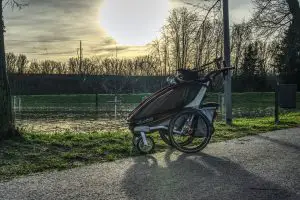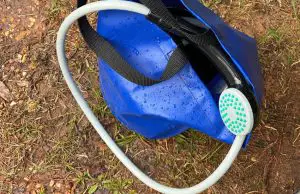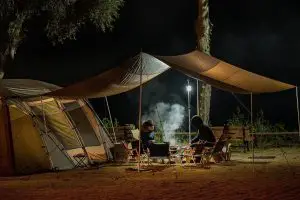How To Avoid Snakes While Hiking: The Definitive Guide
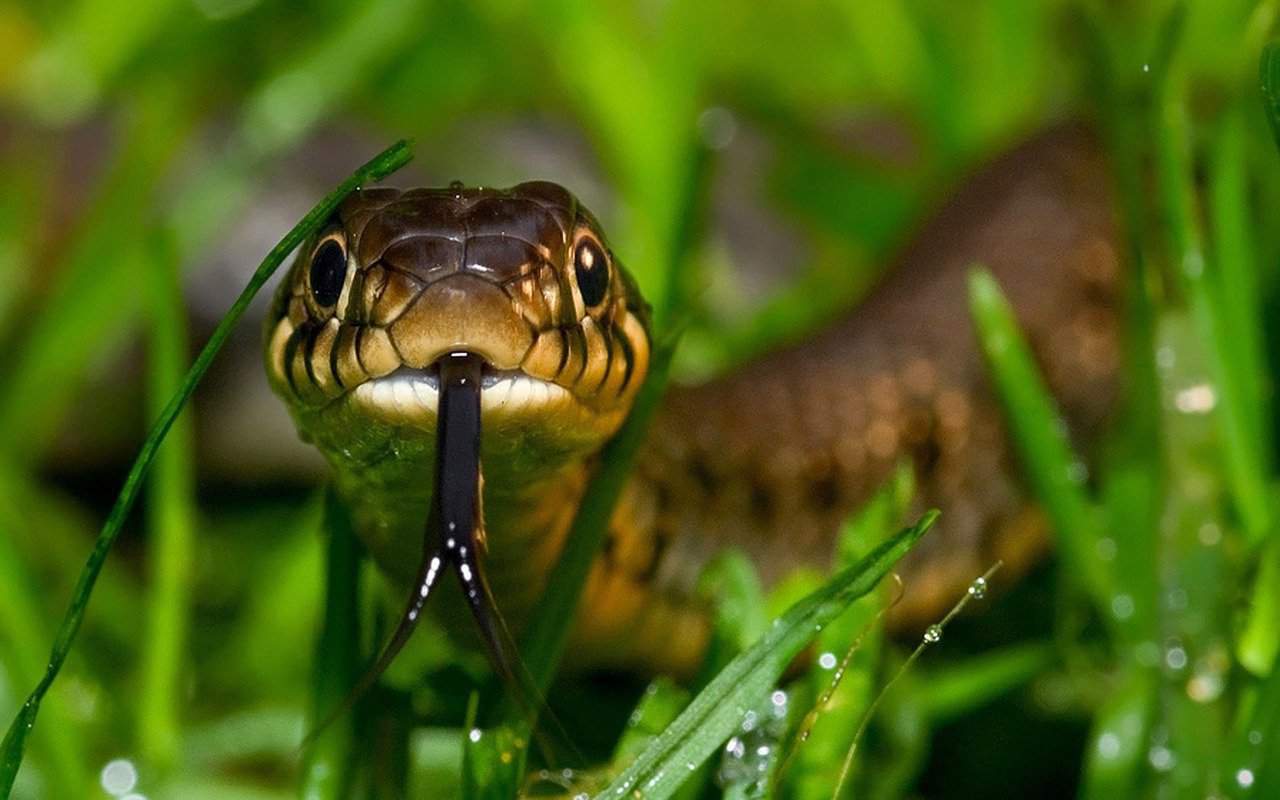
Log enough miles hiking, and you’re bound to see a snake or two. They’re masters of camouflage and can be hard to spot, but with a little bit of knowledge and preparation, you can avoid snakes while hiking altogether.
First off, not all snakes are venomous, but it’s still important to be able to identify them just in case.
In the United States, there are four venomous snakes that hikers should be aware of when out in the wilderness: the rattlesnake, the copperhead, the cottonmouth (also known as a water moccasin), and the coral snake.
Quick Links
How to identify poisonous snakes
One of the easiest and fastest ways to identify a poisonous snake is by looking at its head. All venomous snakes in the United States have triangular-shaped heads. Non-venomous snakes have more rounded heads.
Now let’s take a closer look at each of those four species of snakes to get a better idea of what to look out for.
How to identify a Rattlesnake
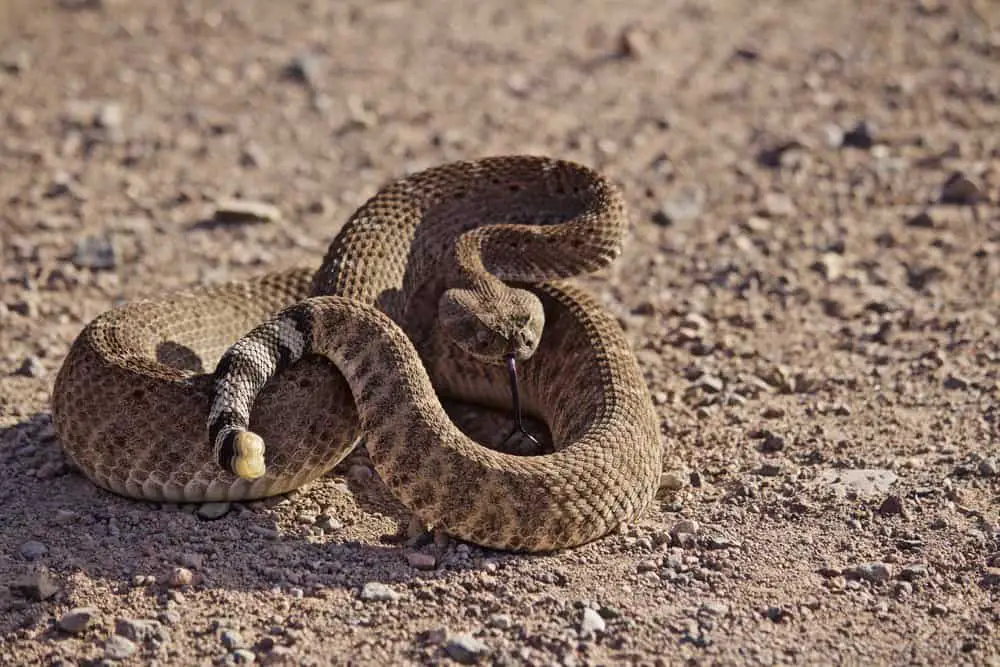
The rattlesnake is one of the most common and easily identifiable venomous snakes in North America. They’re easily recognizable by their trademark rattle at the end of their tail. The rattle is used to warn predators and prey of its presence.
If you’re lucky enough to see a rattlesnake before it sees you, look for the following defining characteristics:
- Rattlesnakes are typically brown or black in color, but can also be green, gray, or red
- They have a thick body and blunt nose
- Their eyes are set deep into their head
- They have large scales on their back
How to identify a Copperhead snake
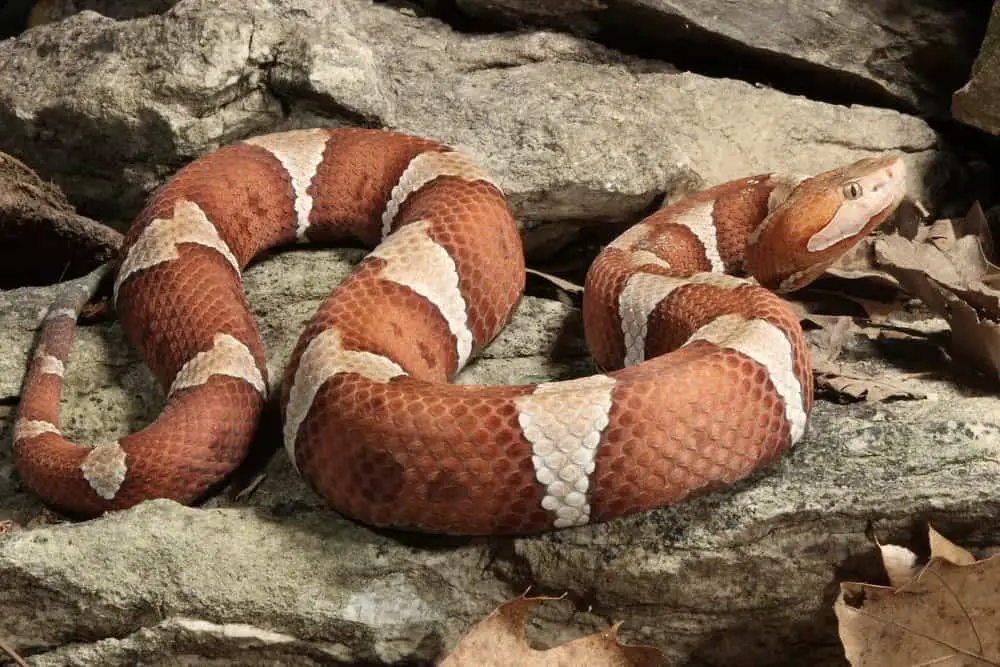
Copperheads are the most common venomous snake in the eastern United States. They’re typically brown or reddish in color, and can be identified by their copper-colored head.
Other identifying features of a copperhead include:
- They have a narrow body
- Their eyes are set close together
- They have small scales on their back
- They typically coil up when they’re threatened
How to identify a Water Moccasin (Cottonmouth)
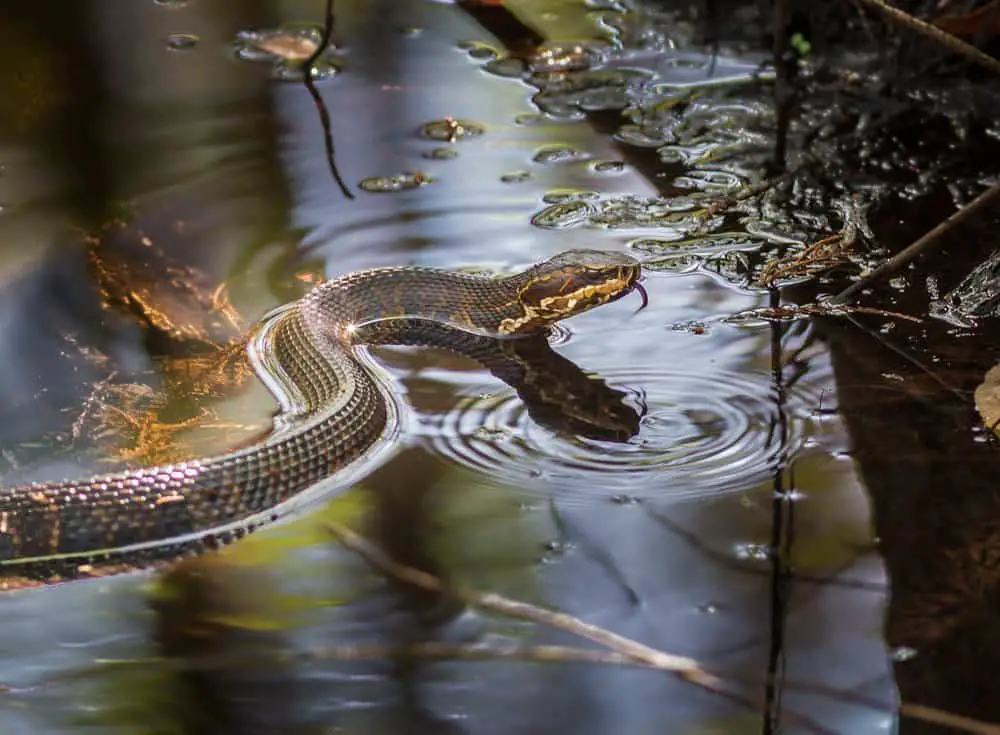
Water moccasins, also known as cottonmouths, are venomous snakes found in the southeastern United States. They’re typically black or dark brown in color, and often found around water.
Other identifying features of a water moccasin include:
- They have a thick body
- Their eyes are set far apart
- They have large scales on their back
- They typically have a dark banded pattern
How to identify a coral snake
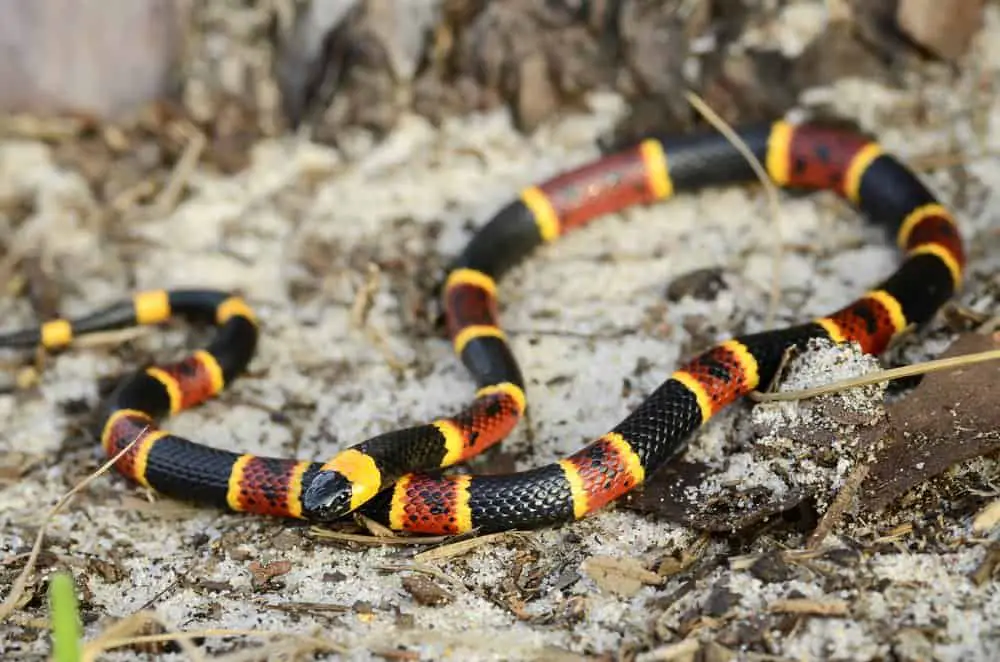
Coral snakes are venomous snakes found in the southern United States. They’re typically red, yellow, and black in color, and can be identified by their bright red and yellow bands.
Other identifying features of a coral snake include:
- They have a thin body
- Their eyes are set close together
- They have small scales on their back
- They are typically multi-colored and striped
Should I be afraid of snakes while hiking?
The short answer is: no. With a little bit of knowledge and preparation, you can easily avoid snakes while hiking. And even if you do come across one, most snakes are shy and will try to avoid contact with humans as long as you don’t do anything to provoke them.
That said, it’s always important to be aware of your surroundings and know how to identify venomous snakes just in case. So if you’re hiking in an area where venomous snakes are known to live, make sure to take the necessary precautions and be alert.
How do you avoid snakes while hiking?
Although you shouldn’t be fearful of snakes while hiking, your number one priority should be to avoid snakes while hiking in the first place, primarily if venomous snakes are known to roam the area.
Here are a few tips for avoiding snakes while hiking:
- Be aware of your surroundings and know how to identify venomous snakes.
- Stay on the beaten path as much as possible.
- Hike with others if you can, which helps to discourage wildlife encounters.
- If you see a snake, give it a wide berth and avoid sudden movements.
- Don’t reach into areas you can’t see – many snakes like to hide in tall grass or logs.
- Use trekking poles or a walking stick to help you see snakes before they see you.
- Wear boots and long pants to help protect your legs.
- If you see a snake, back away slowly and give it plenty of space.
- Carry a Snake Bite Kit, just in case.
Do hiking boots protect against snake bites?
There is no definitive answer to this question. Some people believe that hiking boots offer some protection against snake bites, while others claim that they provide no real protection at all.
While I believe there is definitely more protection in hiking boots than hiking in Crocs, for example, there are certain species of snakes whose fangs will be able to penetrate even the thickest of hiking boots, so it’s always best to take precaution, regardless.
Hiking boots are not snake-proof, but they can offer some level of protection.
The bottom line is that there is no foolproof way to avoid being bitten by a snake, no matter what you’re wearing.
What time of day are snakes the most active?
Believe it or not, most snake species are typically more active when it’s not too hot out, and they can find cooler places to hide. This means that you’re likely to see more activity from snakes during the early morning and evening hours. Of course, there are always exceptions to this rule, so it’s always best to be aware of the specific species of snake you’re bound to find depending on your trail.
So if you’re looking for a good time to hike to avoid snakes on your trail, try planning your trip during the afternoon hours.
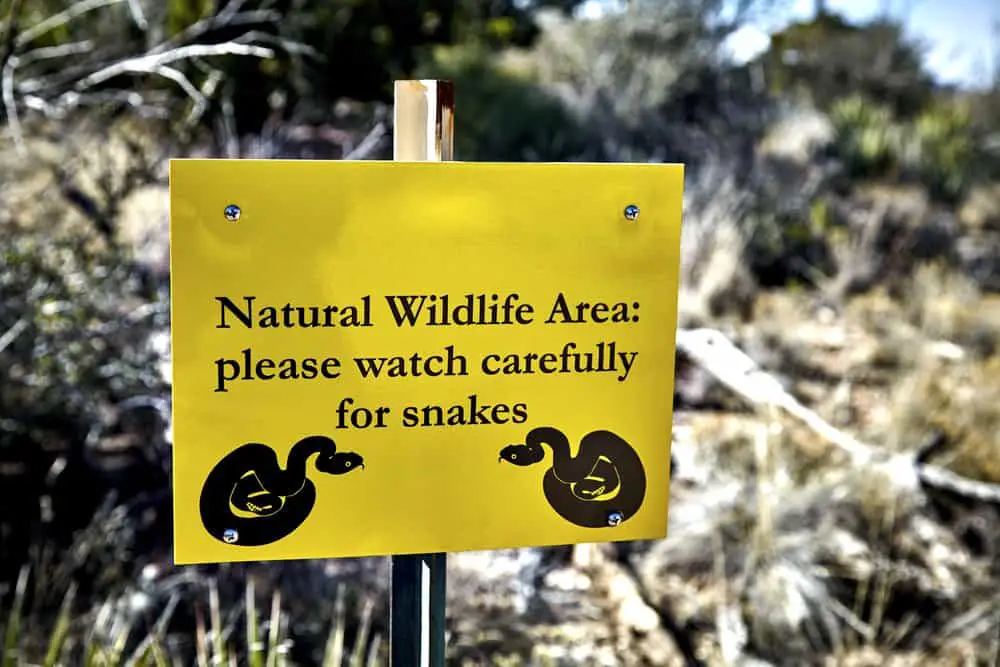
What should you do if you see a snake while hiking?
If you see a snake while hiking, the best thing to do is give it a wide berth and avoid making any sudden movements. Some suggest stomping around the area to scare the snake away, but this might only provoke the snake and could lead to a bite if you’re not careful.
Remember, most snakes are shy and try to avoid contact with humans. If they notice you, they’ll tend to slither away to safety. There is no need to be afraid of snakes, as long as you take the necessary precautions and know your surroundings.
Are snakes scared of humans?
For the most part, snakes just want to mind their own business and would rather not have to deal with us. However, snakes, including poisonous snakes, do have various reactions to encountering humans. Some will flee, some will stand their ground, and some will act aggressively. Whether or not a snake is scared of a human depends on its personality and past experiences with humans.
Some people believe that ALL snakes are automatically scared of humans because they are taller and larger. However, this is not always the case. For example, a snake that lives near humans may not be scared of them because it has become used to seeing and interacting with them. Conversely, a snake that has been otherwise threatened by a human may be scared of all humans.
So, will a snake chase you?
It depends on the individual snake’s personality and experiences. If you are near a snake and it feels scared or threatened, it may act aggressively or flee. However, if you leave the snake alone, it will probably not chase you.
Can you outrun a snake?
For the most part, yes. Snakes are actually relatively slow, especially when compared to other animals. They typically travel between 1 to 3 miles per hour, so if you’re running at full speed, you should be able to outrun them.
However, there are a few types of snakes that can move a bit faster. The Black Mamba snake, for example, can reach speeds of up to twelve miles per hour. If you’re unlucky enough to encounter one of these snakes, your best bet is to try and find some shelter and wait for it to go away.
Snakes aren’t a significant threat in general, and most people can easily outrun them. So don’t be too worried the next time you see one slithering by – just be careful not to step on it!

